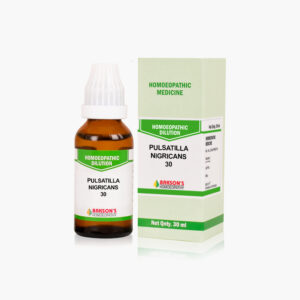What are Menopausal disorders?
Menopause is the permanent cessation of menses for 12 months resulting from oestrogen deficiency and is not associated with a pathology. The average age of attaining menopause is 51 years. Post-menopause describes the period following the final menses.
Causes
Menopause is a normal physiological process in aging women in which ovarian follicles start diminishing in number. As a result of this, granulosa cells of the ovary which are responsible for the production of estradiol and inhibin also decline quantitatively. With this lack of inhibition from these hormones, FSH (Follicle-stimulating hormone) and LH (Luteinizing hormone) production increases. The resultant decline in oestrogen levels will disturb the HPO axis causing irregular menstrual cycles.
Certain surgical procedures like hysterectomy and bilateral oophorectomy also cause menopause.
Sign and symptoms
Patient presents with the symptoms of oestrogen deficiency.
- Vasomotor symptoms: 75% of women experience vasomotor symptoms which include hot flashes, night sweats, palpitations and migraine. These symptoms may be aggravated by emotional stress, alcohol and exertion. Cluster headache or tension headache is also experienced.
- Urogenital symptoms: 60% of women complain of symptoms of vaginal atrophy and sexual dysfunction Vaginal dystrophy leads to dryness, pruritus and dyspareunia. Urethral atrophy will cause stress incontinence and urgency.
- Psychogenic symptoms: About 45% of women complain of anger, irritability, anxiety, depression and loss of concentration.
Diagnosis
Diagnosis is made on the basis of clinical presentation and no laboratory investigations are required as such for patients aged above 45 years. However, hormonal levels of certain hormones like FSH (more than 40Miu/Ml) can be an indicator of menopause.
General management
Menopause is a part of a normal physiological process, hence does not require any treatment generally. The focus must be on relieving the signs and symptoms and preventing or managing the chronic conditions that may occur as a part of aging.
Warning: Above information provided is an overview of the disease, we strongly recommend a doctor’s consultation to prevent further advancement of disease and/or development of complications.
Disclaimer: The information provided herein on request, is not to be taken as a replacement for medical advice or diagnosis or treatment of any medical condition. DO NOT SELF MEDICATE. PLEASE CONSULT YOUR PHYSICIAN FOR PROPER DIAGNOSIS AND PRESCRIPTION.



 Login
Login




